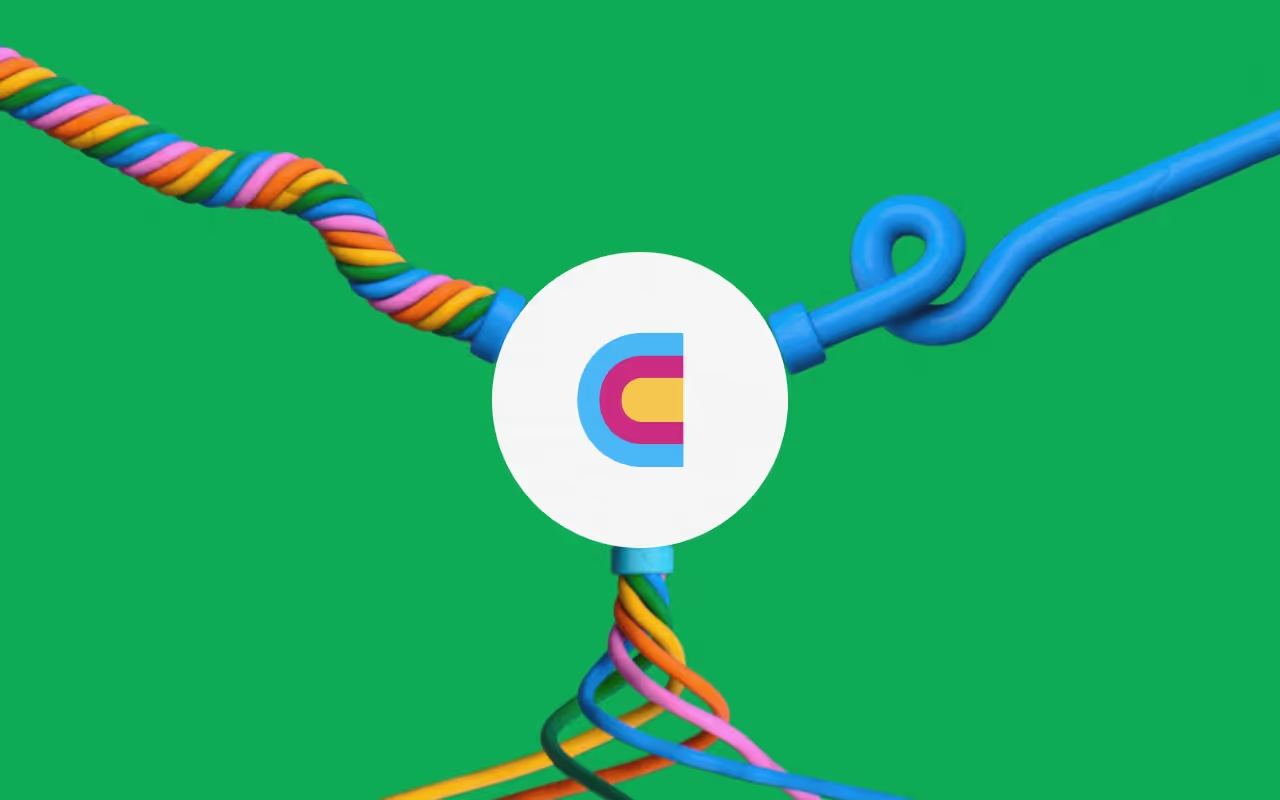Use company names to get domains
Many integrations in Clay rely on company domains as an input. However, if you only have a list of company names, this workflow can help find the associated websites and verify them using Claygent.
Learn with our resources
Check out Clay University, read our GTM blog, or try out our top templates to transform your growth ideas into outreach in minutes.
providers
No items found.
use cases
roles
























